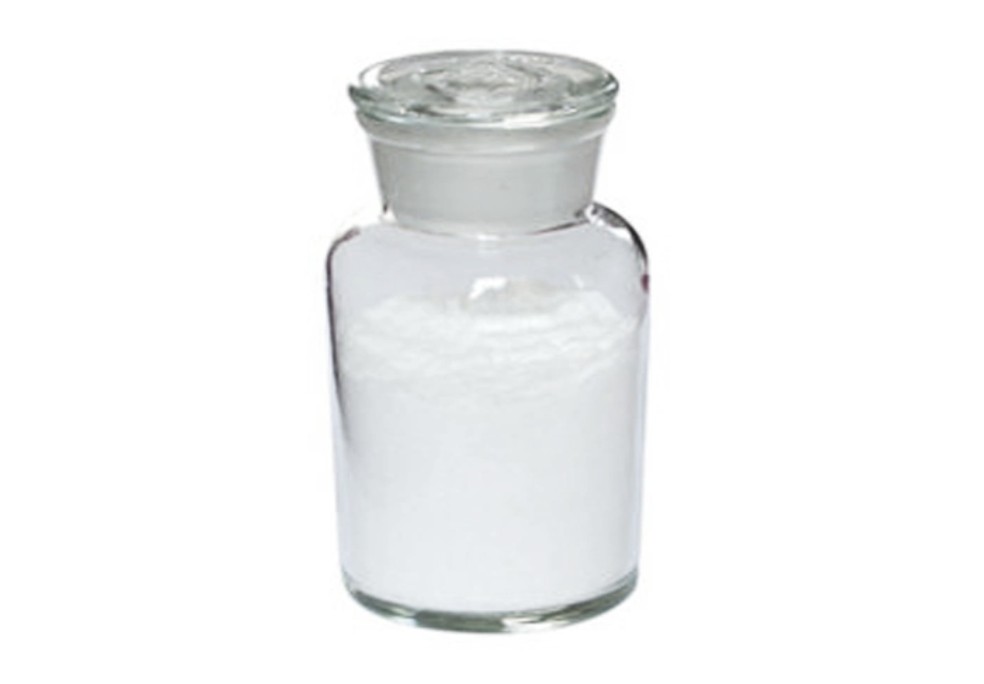| Produktnavn |
Mirtazapin |
| Alias |
ZISPIN |
| CAS |
85650-52-8 / 61337-67-5 |
| MF |
C17H19N3 |
| MW |
265.35 |
| EINECS |
288-060-6 |
| Renhet |
99.50% |
| Karakter |
Farmasøytisk karakter |
| Utseende |
hvitt krystallinsk pulver |
Mirtazapine is an atypical antidepressant and is used primarily for the treatment of a major depressive disorder. The drug has sedative, antiemetic, anxiolytic, and appetite stimulant effects, which explains its off-label use for insomnia, panic disorder, post-traumatic stress disorder, obsessive-compulsive disorder, generalized anxiety disorder, social anxiety disorder, headaches, and migraines. This activity will highlight the mechanism of action, adverse event profile, pharmacology, monitoring, and relevant interactions of mirtazapine, pertinent for interprofessional team members in treating patients with depression where it is of clinical value.
Mirtazapine is an atypical antidepressant which is used primarily in the treatment of depression.In addition to its antidepressant properties, mirtazapine has anxiolytic, sedative, antiemetic, and appetite stimulant effects and is sometimes used in the treatment of anxiety disorders, insomnia, nausea and vomiting, and to produce weight gain when desirable.
Mirtazapine acts as an antagonist of certain adrenergic and serotonin receptors, and is also a strong antihistamine.It is sometimes described as a noradrenergic and specific serotonergic antidepressant (NaSSA),although the actual evidence in support of this label has been regarded as poor.Chemically, mirtazapine is a tetracyclic antidepressant (TeCA), with four interconnected rings of atoms, and is a relative of the TeCA mianserin (Tolvon).
Initial dose: 15 mg orally once a day at bedtime
Maintenance dose: 15 til 45 mg orally once a day
Maximum dose: 45 mg/dag






















